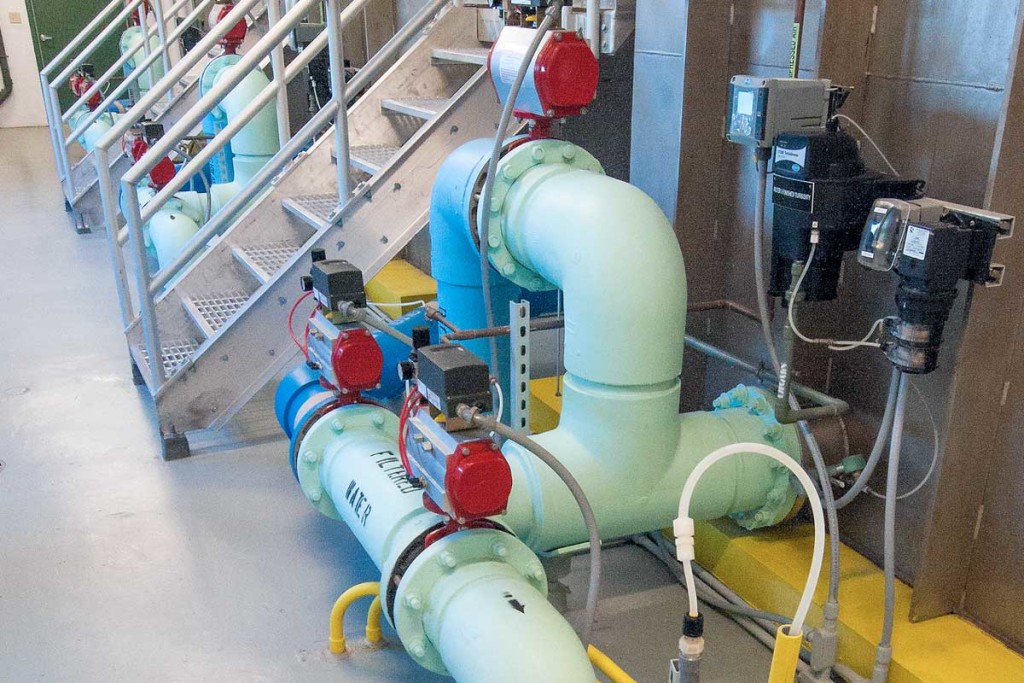
The ASHRAE Standard 188-2018 was created to reduce the occurrence of legionellosis in human-occupied, building water systems, this new standard addresses the design, construction, installation, commissioning, operation, maintenance and service of centralized building water systems and components to manage the risk of this bacteria. This standard originally adopted nearly five years after it was first released for consultation has been updated for 2018.
Why is the prevention of legionella contamination a necessity?
Legionellosis is a waterborne disease that occurs after the inhalation of aerosolized water contaminated with Legionella pneumophila.. About 10% of the 8,000-10,000 cases reported in the US each year are fatal, due to respiratory failure, making legionellosis a very serious disease and its prevention a priority for authorities and the owners/managers of the human-occupied buildings. However, the CDC estimates that underreporting raises the number of cases to as many as 100,000 cases. Deaths likely approach as many as 8,000 a year, more than all the deaths from food-borne disease annually in the USA.
Why is the ASHRAE Standard 188 –Legionellosis: Risk Management for Building Water Systems so important?
This standard provides essential guidelines for decreasing the risk of legionellosis occurrence associated with the contaminated water systems of the human-occupied buildings, recommending a preventative approach in all stages of building design, construction, operation, and maintenance.
Based on the Hazard Analysis and Critical Control Points (HACCP) principles, which are mandatory in food industry, the new standard is a very useful tool for the identification and analysis of each potential risk regarding the microbial contamination due to the water system by a management team. The ASHRAE Standard 188 lists the most important components of the water systems that can increase the risk of developing this devastating disease in residents or future residents.
The effectiveness of the HACCP analysis and plans in the prevention of food poisoning outbreaks represents a reliable basis for other domains, including the prevention of legionella transmission by contaminated water droplets. Following the HACCP principles and tools, the ASHRAE Standard 188 recommends that managers involved in the building water systems design, construction or maintenance to develop a preventive program for decreasing the risk of legionella associated with potable and non-potable water systems.
Compliance with the ASHRAE Standard 188 requirements involves:
- Establishment of a team and a water management program to ensure compliance with the standard.
- Development of standard operation procedures.
- Detailed analysis of the water system and the identification of the risk points. (Including flow diagrams are useful tools for the proper description of the system and processes, enhancing the risk identification.).
- Monitoring the important parameters and corrective actions to be taken whenever the measured values are not within the established limits.
The requirements of the ASHRAE Standard 188 enhance the development of a rigorous preventive program based on the experience accumulated with the HACCP principles. The implementation of the standard in a building construction project or in the management of a human-occupied building ensures all the prerequisites for the decrease of the legionellosis occurrence risk in the residents or future residents.
Wondering how to get started with adhering to this new standard? Visit our Legionella Services page and review our Clearitas products to assist with ASHRAE 188 compliance. Contact Blue Earth Products today. In the meantime download the Blue Earth Products guide to Legionellosis Risk Management
References:
- Nester, E., Anderson, D., Jr., and Roberts, C. E. (2011). Microbiology: A Human Perspective 7th (seventh) edition. McGraw-Hill Higher Education
- http://www.buildings.com/news/industry-news/articleid/19085/title/standard-to-manage-legionellosis-risk.aspx
- http://www.achrnews.com/articles/120400-legionella–haccp–and-ashrae-s-pending-standard-188
Photo credit: USDAgov / Foter / CC BY

